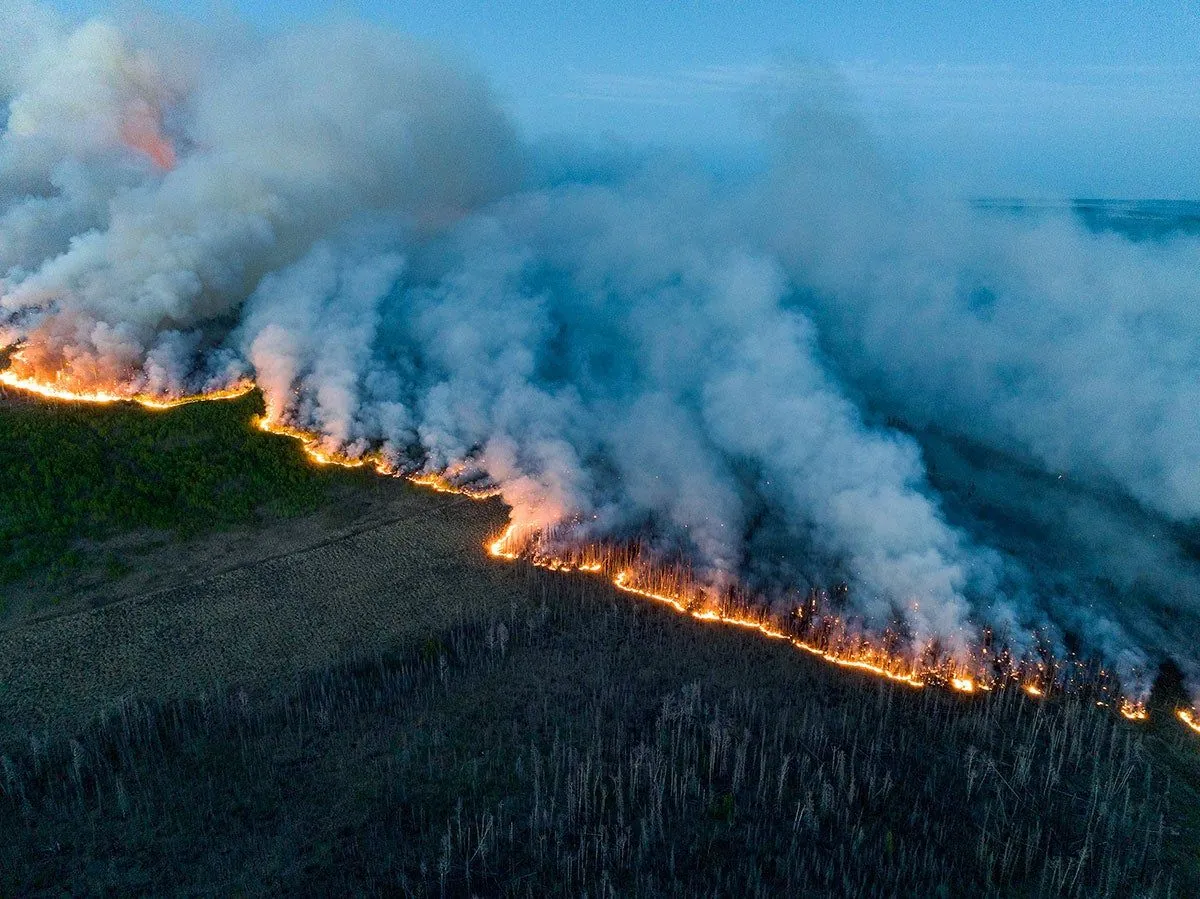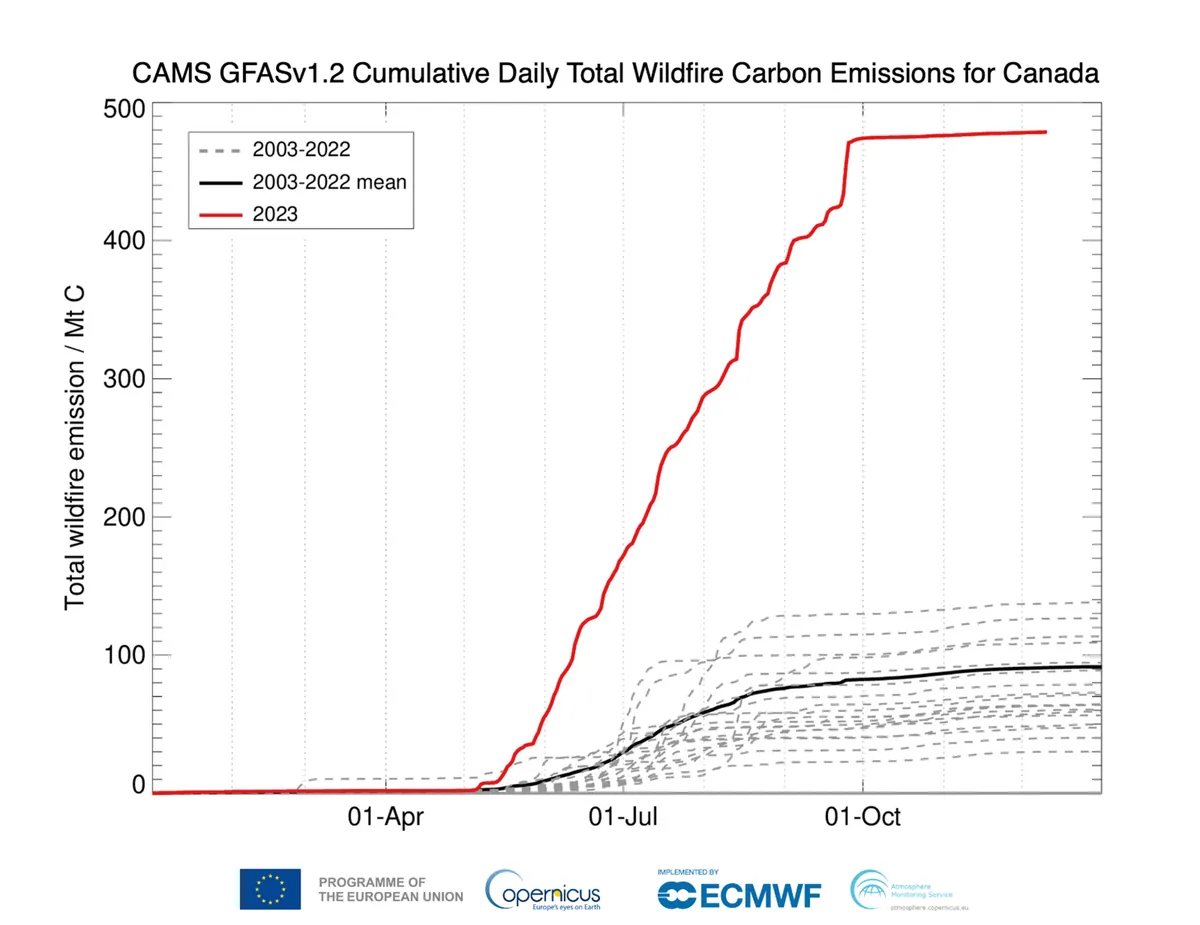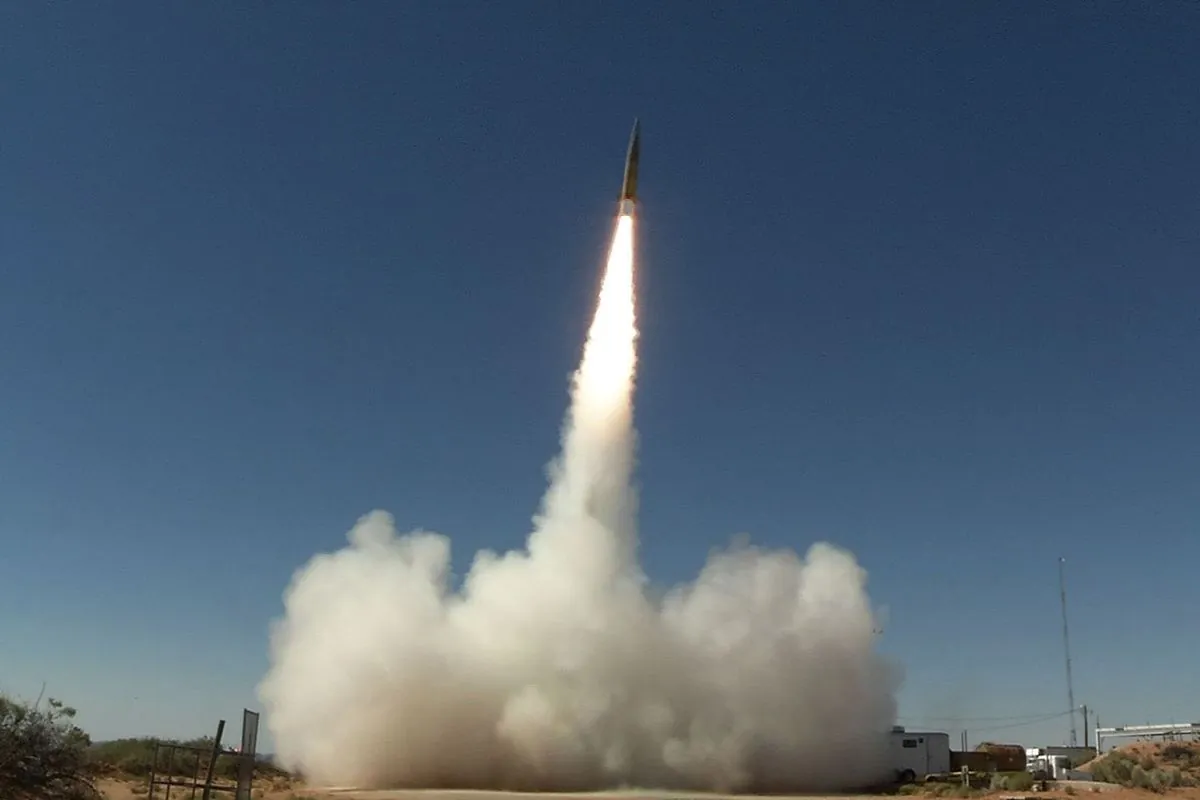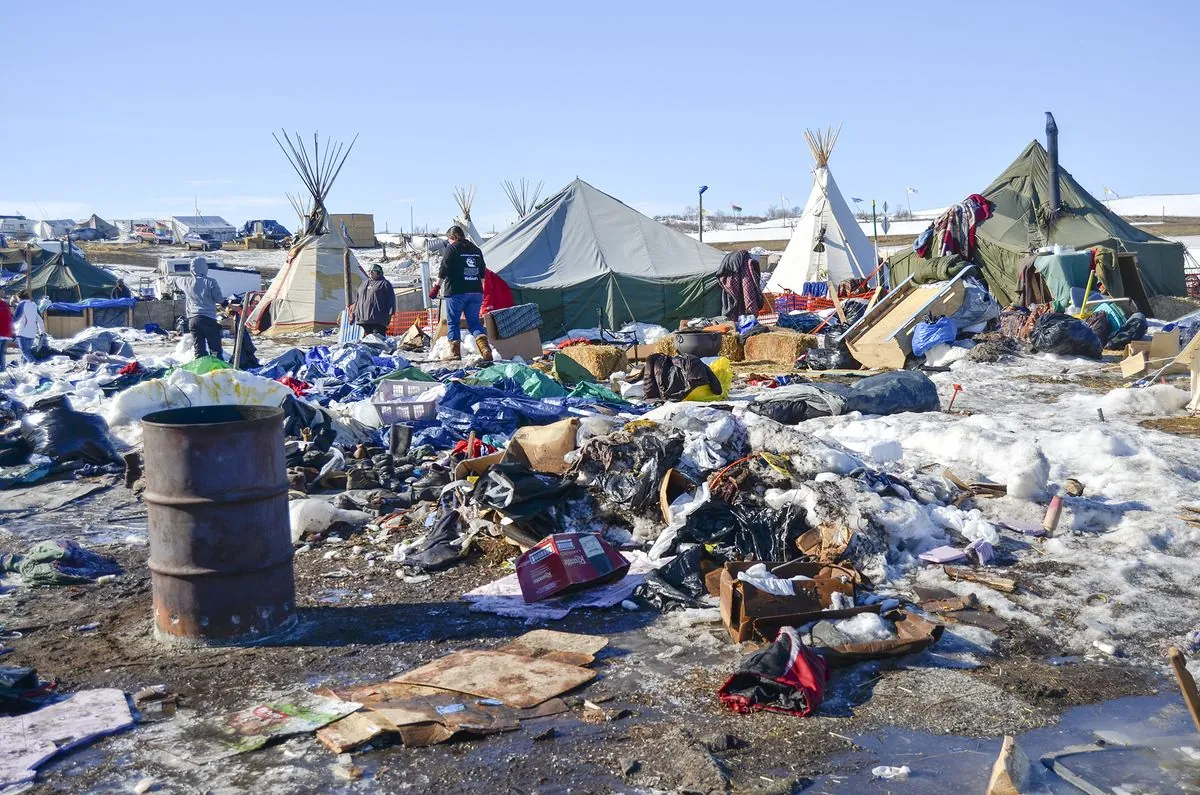Canadian Wildfires Surpass Major Nations in Carbon Emissions
A study reveals that Canada's 2023 wildfires released more carbon than several major countries, challenging the role of forests as carbon sinks and raising concerns about global emissions calculations.

The unprecedented wildfires that swept across Canada's vast woodlands in 2023 have left a lasting impact on global carbon emissions, according to a recent study published in Nature. The fires released a staggering 647 megatonnes of carbon, surpassing the emissions of several major industrialized nations.
This alarming figure exceeds the carbon output of seven out of the ten largest national emitters in 2022, including Germany, Japan, and Russia. To put this into perspective, if Canada's wildfires were ranked alongside countries, they would have been the world's fourth-largest emitter, trailing only China, India, and the United States.

The scale of these emissions is particularly concerning when compared to historical data. Over the past decade, typical emissions from Canadian forest fires have ranged from 29 to 121 megatonnes. The dramatic increase in 2023 highlights the growing impact of climate change on forest ecosystems.
Brendan Byrne, an atmospheric scientist at NASA's Jet Propulsion Laboratory and study author, emphasizes the need for a reevaluation of carbon budgets:
"If our goal is really to limit the amount of carbon dioxide in the atmosphere, we need to make adaptations into how much carbon we are allowed to emit through our economy, corresponding to how much carbon is being absorbed or not absorbed by forests."
This statement underscores the complex relationship between forests and carbon sequestration. Canada's boreal forests, which store approximately 11% of the world's terrestrial carbon, are increasingly vulnerable to wildfires. The average annual area burned in Canada has doubled since the 1970s, with the frequency of large wildfires increasing sevenfold since the 1960s.
The 2023 wildfire season in Canada was the worst on record, burning over 18 million hectares. This extensive burning not only released massive amounts of carbon but also created its own weather systems, including fire-induced thunderstorms. The economic cost of these fires is estimated to be in the billions of dollars.
Current carbon accounting methods present a challenge in accurately assessing the impact of wildfires. Canada's annual greenhouse gas emissions inventory does not account for carbon released from natural disturbances such as wildfires. This approach, outlined in the country's 2021 Nationally Determined Contribution Strategy, may need revision to reflect the changing reality of forest carbon dynamics.
Looking ahead, the study projects that the abnormally hot temperatures experienced in 2023 could become common by the 2050s. This scenario poses a significant threat to the 347 million hectares of woodlands that Canada relies on for carbon storage. The potential release of carbon from permafrost in northern forests adds another layer of complexity to this issue.
As the world grapples with the implications of these findings, it's clear that a reassessment of global carbon budgets and emission allowances is necessary. The role of forests as carbon sinks is increasingly uncertain in the face of climate change, calling for adaptive strategies in both forest management and carbon accounting practices.


































